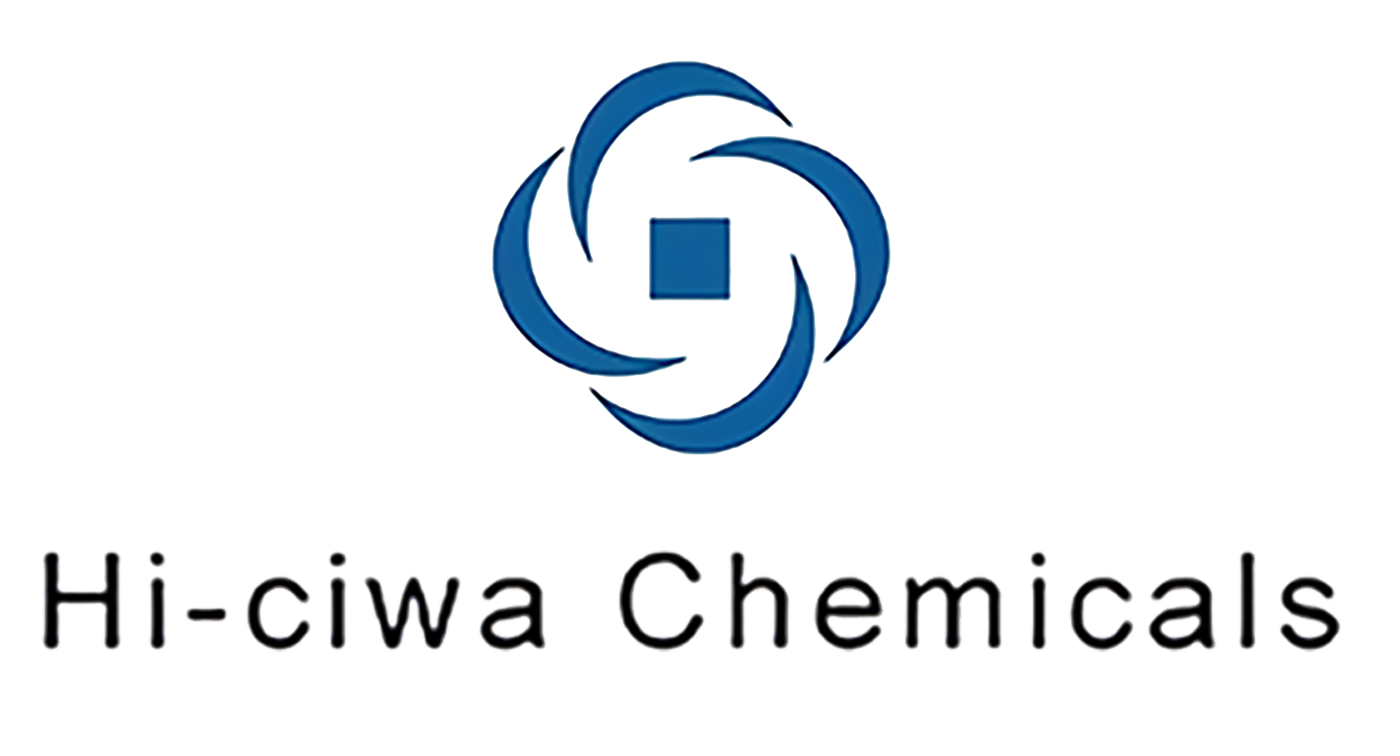Antibacterial finishing technology
In recent years, with the development of science and technology, the types of textile products have become diverse. Modern people are increasingly pursuing multi-functional textiles, the pursuit of cleanliness and comfort of the living environment. The antibacterial health processing is one of the more rapid development and maturity. The antibacterial finishing of fabric began in the 1940s, and this fabric has been applied to hospital, hotel, family bed sheets, quilt covers, blankets, napkins, towels, shoe lining cloth, sand release, curtain cloth, medical professional clothing, bandages and gauze, food and service industry work clothes, military clothing and so on. Antibacterial sanitary finishing is called "antibacterial finishing" and "antimicrobial finishing" in the United States and other countries; In Japan it is called "antibacterial and deodorant processing".
The relevant concepts of antibacterial
1. Sterilization is the sterilization of all the propagules and spores of microorganisms (both pathogenic and non-pathogenic) on the object. There are many sterilization methods, mainly physical and chemical two categories. High temperature and high pressure sterilization and chemical sterilization are widely used.
2. DisinfectionThe Disinfection method of killing pathogenic microorganisms on the object does not necessarily kill spore-containing bacteria or non-pathogenic microorganisms.
3. Sterilization Sterilization has the effect of killing microbial nutrients and propagules. Preparations used to kill or inhibit the growth of microorganisms are called fungicides. The "sterilization" in the fungicide does not necessarily need to kill the microorganism, and most fungicides only inhibit the growth and reproduction of the microorganism; The size of the effect depends on the concentration of the fungicide and the duration of sterilization.
4. Bacteriostasis The effect of preventing or inhibiting the growth and reproduction of microorganisms is called bacteriostasis, and the drugs used for bacteriostasis are called bacteriostasis.
5. Antibacterial property Antibacterial property refers to the ability to inhibit bacterial reproduction or kill bacteria. In the past, antibacterial refers to the disinfection of living tissue surfaces, i.e. living skin and mucous membranes. Now the definition of antibacterial has been expanded, the use of chemical or physical methods to kill bacteria or hinder the growth and reproduction of bacteria and inhibit their activity are called "antibacterial", especially in the failure to distinguish between disinfection or antibacterial situation, the effect on microorganisms is called antibacterial, such as textile antibacterial treatment refers to the treatment method used to inhibit the reproduction of bacteria on textiles.
Antimicrobials usually refer to drugs used to control microorganisms in living tissue. It is distinct from chemical agents (disinfectants, sterilizers, etc.) commonly used to control microorganisms on inanimate objects. Antibacterial agents have the characteristics of little irritation, low concentration and toxicity, mild action, and will not cause allergic reaction. The main difference between it and disinfectant is that: antibacterial agents are mainly used to inhibit or hinder the growth and reproduction of bacteria, inhibit their activity, and have a certain killing effect, and are mostly used on the surface of living tissues; Disinfectants are mainly used to remove or kill pathogenic microorganisms on the surface of inactive objects to make them corrupt, such as treating animal tissue specimens with formaldehyde.





